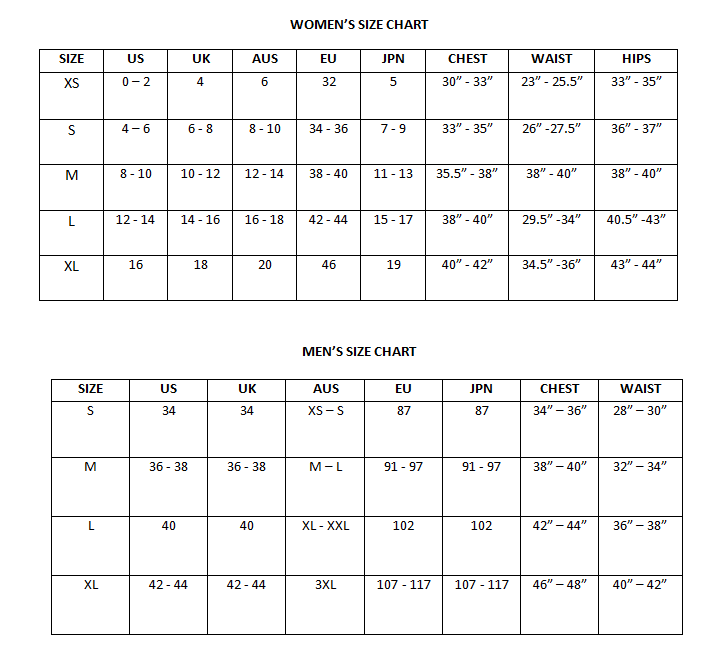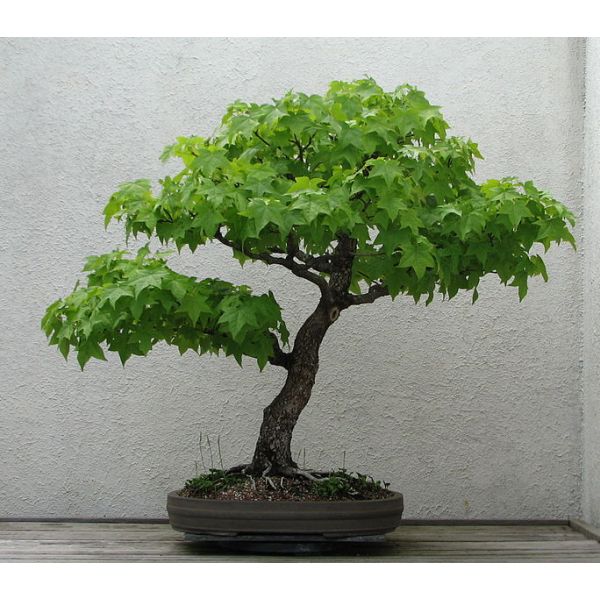Liquidambar Styraciflua Seeds (Sweet Gum Seeds)
Liquidambar Styraciflua Seeds (Sweet Gum Seeds)
Sweetgum is grown for its alternate, maple-like leaves.

Delivery
All orders shipped with UPS Express.
Always free shipping for orders over US $250.
All orders are shipped with a UPS tracking number.
Returns
Items returned within 14 days of their original shipment date in same as new condition will be eligible for a full refund or store credit.
Refunds will be charged back to the original form of payment used for purchase.
Customer is responsible for shipping charges when making returns and shipping/handling fees of original purchase is non-refundable.
All sale items are final purchases.
Help
Give us a shout if you have any other questions and/or concerns.
Email: contact@domain.com
Phone: +1 (23) 456 789
Availability: In stock
SKU
Liquidambar Styraciflua
Liquidambar Styraciflua, commonly called American sweetgum or sweet-gum, is a low-maintenance deciduous tree that can be up to 20 m tall. It is native to Eastern United States, from Southwestern Connecticut to Florida and is also found in Mountains of Mexico and Guatemala.
Liquidambar Styraciflua is a popular ornamental tree. It has a pyramidal shape when young then rounded at maturity. Sweetgum is grown for its alternate, maple-like leaves. The glossy, long-stalked, deep green leaves have toothed margins. Each leaf has 5-7 pointed, star-shaped lobes. The leaves turn to shades of yellow, orange, purple and red in Fall.
Also, yellow-green flowers appear in spherical clusters in April-May. Female flowers give way to gum balls which are hard, spherical, bristly fruiting clusters to 1.5? diameter.
A chewing gum and a stabilizer for cakes can be obtained from the resin.
Liquidambar Styraciflua is intolerant of shade. It is best in full sun but does okay in partial shade. The tree prefers deep, moist, fertile soils, but seems to tolerate a wide variety of soils.
Hardiness zones: 5-9
| Common name | Sweetgum, Red-Gum |
|---|---|
| Family | Altingiaceae |
| Genus | Liquidambar |
| Species | Liquidambar styraciflua |
| Therapeutic uses | The resin obtained from the trunk of the tree is antiseptic, carminative, diuretic, expectorant, parasiticide, poultice, salve, sedative, stimulant, vulnerary. It is chewed in the treatment of sore throats, coughs, asthma, cystitis, dysentery etc. Externally, it is applied to sores, wounds, scabies? |
| Germination | Prepare a container for each seed. Fill 10-inch nursery containers with a mix of 3 parts milled peat, 1 part loam and 1 part coarse sand. Saturate the peat mixture with water and let it drain off for 20 minutes before sowing. Sow two seeds in each container. Press them onto the surface of the peat mixture. Spread a very thin, 1/16-inch-thick layer of coarse sand or pine straw mulch over the seeds. Moisten the sand to settle it. Place the potted seeds outdoors under a sheltered, south-facing porch or wall. Provide some light shade at midday to keep the peat mixture from drying out too rapidly. Watch for germination in 20 to 30 days at temperatures around 75 degrees Fahrenheit. Thin out the smaller of the two seedlings from each container, if both seeds successfully germinate. Grow the seedlings in their nursery containers under partial shade for their first summer. Water weekly to a 2-inch depth. Move them into full sun during the winter. Water only if the weather is dry for longer than two weeks. |
| Scarification / Stratification | Place the seeds inside a quart-sized sealable plastic bag filled with 1 cup of moistened perlite. Press the seeds into the perlite. Store the bag inside a refrigerator for one to three months. Check the bag periodically and moisten the perlite when it feels dry. |
| Price View | Price Range |

